Essential Puppy Training Guide for Beginners
- Katie Gorman
- Jul 27
- 5 min read
Starting a new journey with a puppy is exciting, yet it comes with a big responsibility. With the right training, your puppy can grow up to be a well-mannered companion. This guide will cover essential puppy training tips for beginners, ensuring you are well-equipped to handle your new furry friend.
The Importance of Early Training
Puppies are like sponges; they absorb everything you teach them. Starting training early helps in many ways. It establishes a routine and builds a bond between you and your puppy. Training can prevent behavioral issues later in life and ensures your puppy understands what is expected of them.
Imagine trying to remove bad habits from a grown dog; it can often be challenging and time-consuming. Early training focuses on positive reinforcement, which not only teaches good behavior but also promotes a healthy and happy relationship.
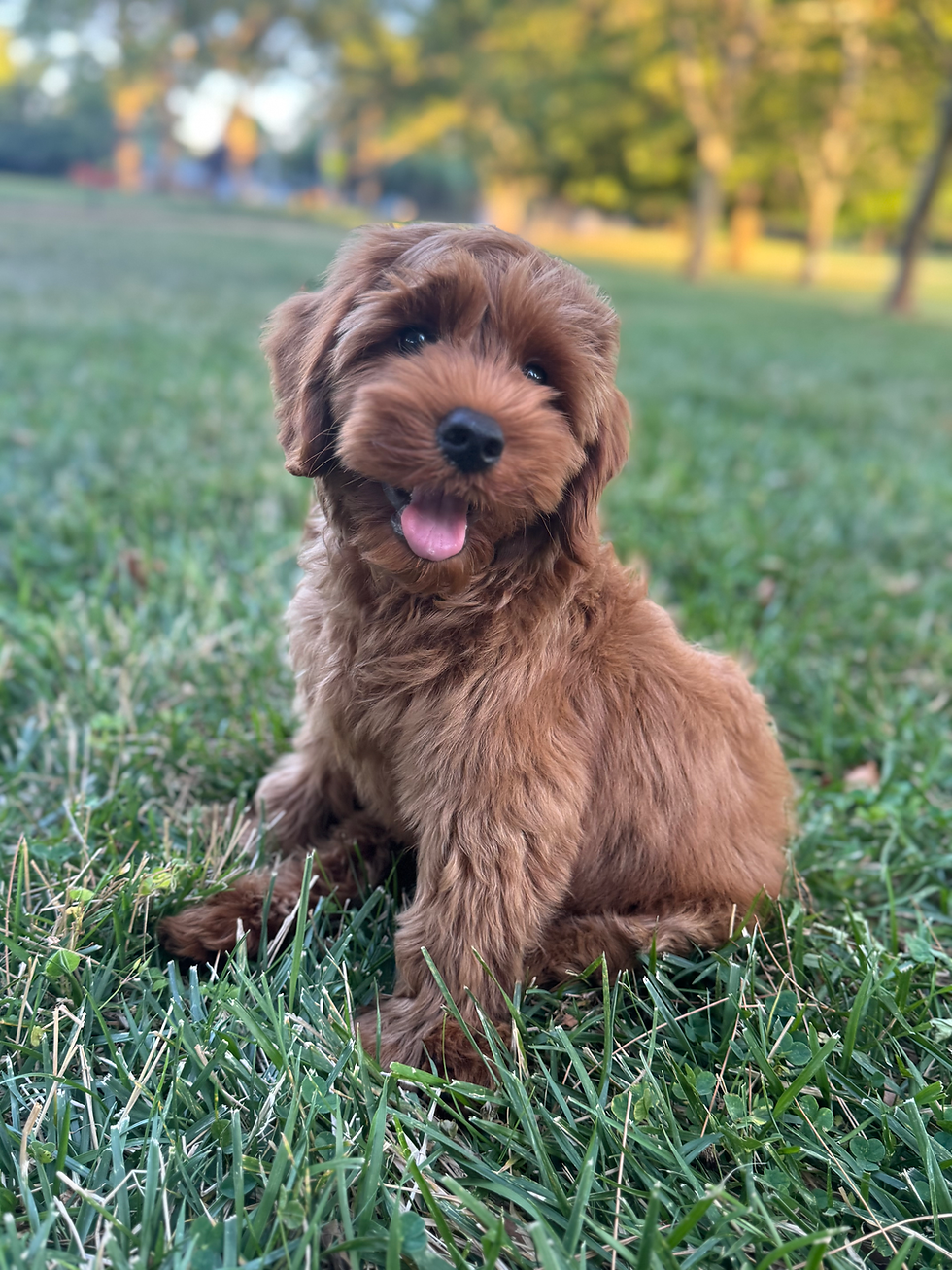
Puppy Training Guide: Basic Commands
One of the first things you should teach your puppy are basic commands. Common commands include "sit," "stay," "come," and "down." Here’s how to get started:
"Sit": Hold a treat in front of your puppy's nose and slowly raise it above their head. As their head moves up, their bottom will naturally go down. Once they are in a sitting position, say "sit" and reward them with the treat.
"Stay": With your puppy in a sitting position, open your palm facing them and say "stay." Take a step back. If your puppy remains in place, return and reward them. Gradually increase the distance and time.
"Come": Put a leash on your puppy and allow some distance. Call them enthusiastically using “come.” When they approach you, reward them immediately.
Repetition and patience are key here. Regular sessions of 5-10 minutes are more effective than longer sessions.
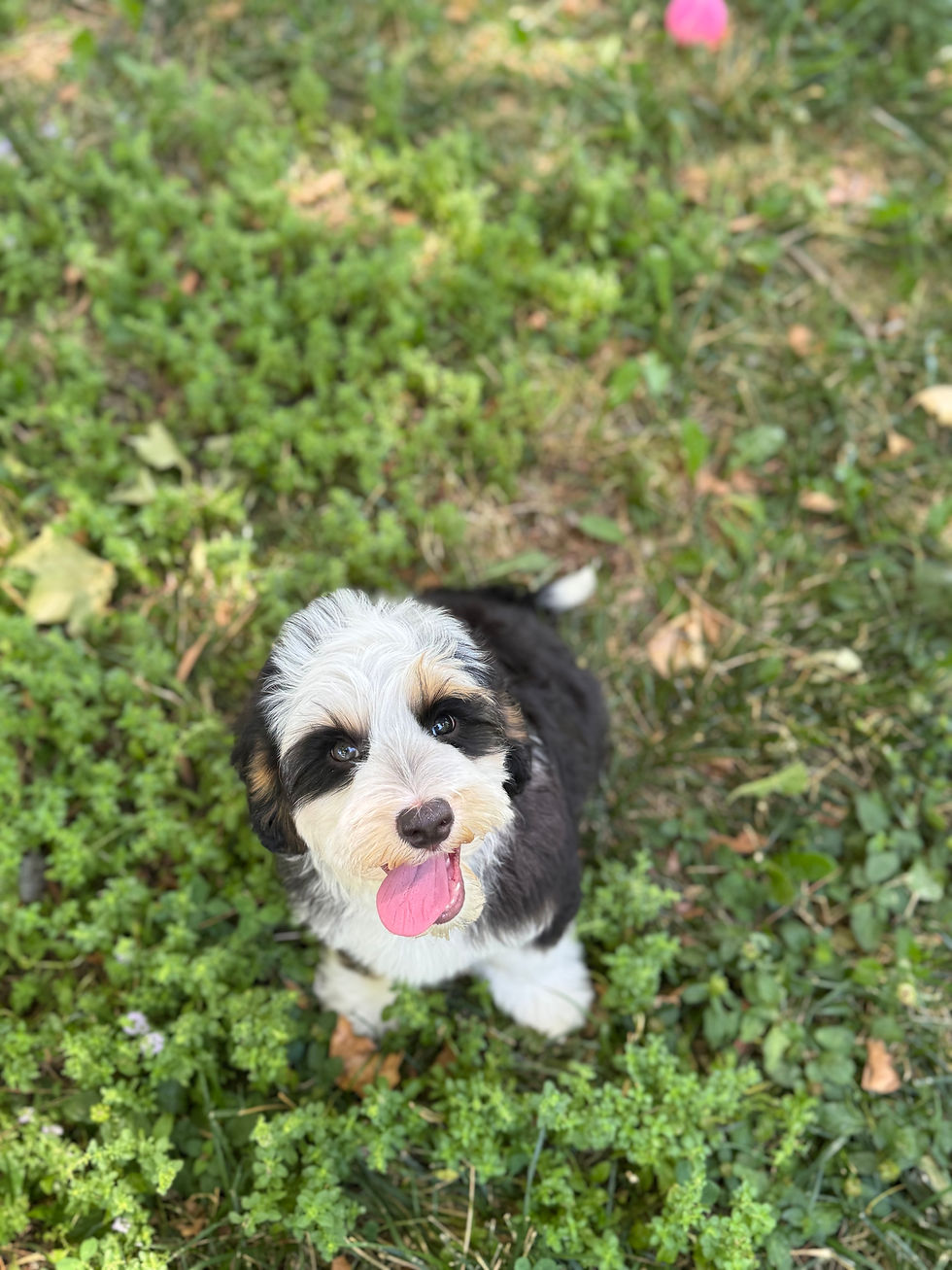
What is the 10-10-10 Rule for Puppies?
The 10-10-10 rule is a practical approach to ensure proper training habits. The idea is simple:
10 Minutes of Training: Puppies have short attention spans. Keep training sessions to about 10 minutes.
10 Minutes of Play: Incorporate playtime right after training. This reinforces the positive experience associated with learning.
10 Minutes of Relaxation: Give your puppy time to unwind after learning. This will help them process what they've learned.
By adhering to this rule, you will keep your training fun and effective, leading to a more engaged puppy.
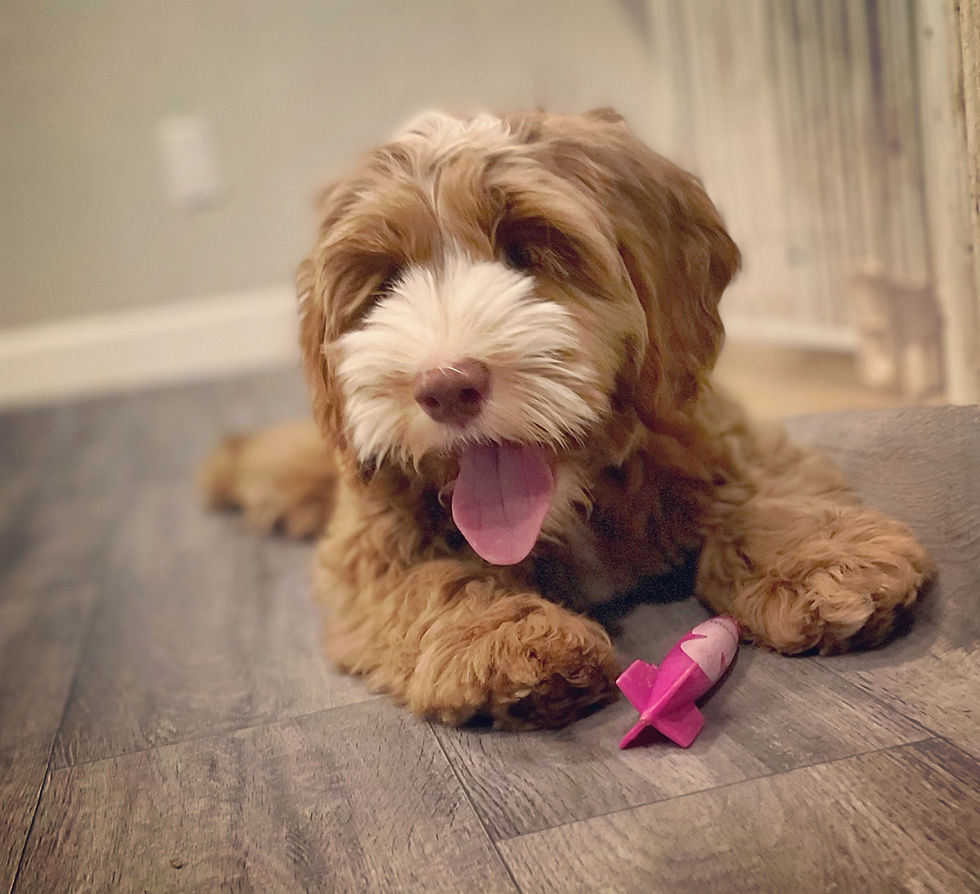
Socialization is Key
Socialization is a crucial aspect of puppy training. Exposing your puppy to different people, dogs, and environments can prevent fear and aggression later on. Start this process early and gradually introduce them to various situations.
Here are a few tips for effective socialization:
Meet New People: Introduce your puppy to different household members and friends. Make this experience positive by using treats and encouraging interactions.
Visit New Places: Take your puppy on outings to parks, pet stores, or any dog-friendly areas. Let them experience different sounds and smells.
Playdates with Other Dogs: Arrange safe playdates with well-mannered dogs to teach your puppy how to interact appropriately with peers.
Socialization helps your puppy feel more confident and eases anxiety about new experiences.
Leash Training for Walks
Leash training is essential for both you and your puppy’s safety. Having a puppy that pulls on the leash can make walks stressful. Here’s how to train your puppy to walk nicely on a leash:
Choosing the Right Leash and Collar: Select a comfortable collar and leash for your puppy. A harness can be useful for small breeds.
Start Indoors: Begin walking around your home while rewarding your puppy for staying close to you. Use treats to encourage them to heel.
Practice Outside: Once your puppy is comfortable indoors, try practicing outside. Watch for distractions and be patient. Reward them when they walk nicely beside you.
Stop-and-Go Technique: If your puppy starts to pull, stop walking. Wait until the leash is slack before continuing. This teaches them that pulling will not get them where they want to go.
Over time, your puppy will learn that walking politely on the leash leads to more enjoyable experiences.
The Power of Positive Reinforcement
Positive reinforcement involves providing rewards for good behavior, which is highly effective for training puppies. Using treats, praise, or toys encourages puppies to repeat the desired behavior.
Here are some key points to remember about positive reinforcement:
Immediate Reward: Always reward right after the puppy performs the desired behavior, so they connect the action with the reward.
Quality Over Quantity: Use high-value treats that your puppy loves to keep their motivation high.
Mix It Up: Vary your rewards. Sometimes use treats, other times just praise or a fun toy. This variety keeps the training exciting for your puppy.
Positive reinforcement builds a trusting relationship. Your puppy will see training as a positive experience, making them eager to learn.
Overcoming Common Challenges
Training a puppy can come with various challenges. Here are some common issues and how to handle them:
Biting and Nipping: Puppies explore the world with their mouths. Redirect their biting to appropriate toys. If they nip you during play, let out a high-pitched yelp to signal it hurts, and then stop playing for a moment.
House Training: Consistent schedules for bathroom breaks help with house training. Take your puppy out first thing in the morning, after meals, and before bed. Always reward them for doing their business outside.
Distraction during Training: It’s normal for puppies to get distracted. Try training in a quiet environment before gradually adding more stimuli. If they get distracted, gently refocus their attention back to you.
Remember, patience is essential. Each puppy learns at their own pace, and understanding this can help reduce frustration during training.
Lifelong Learning and Growth
Training doesn’t end after the puppy phase; it’s a lifelong commitment. Continue engaging your puppy’s mind by introducing advanced commands, tricks, or even agility training. Regular continued training will reinforce good behaviors and strengthen your bond.
Explore resources such as books, videos, and training classes for new ideas. The more you invest in your puppy’s education, the more satisfying and enriching your relationship will be.
Embrace the journey of puppy training. With time, love, and effort, you’ll create a well-mannered companion who brings joy into your life for years to come. Remember, early understanding of puppy training basics is vital, and resources like Baxter and Bella can be very helpful. Use code SRMP for a discount.
Training a puppy can be one of the most rewarding experiences of your life. Enjoy every moment, and remember that patience and consistency are critical. With these essential puppy training tips for beginners, you're sure to witness significant progress as your puppy learns and grows.



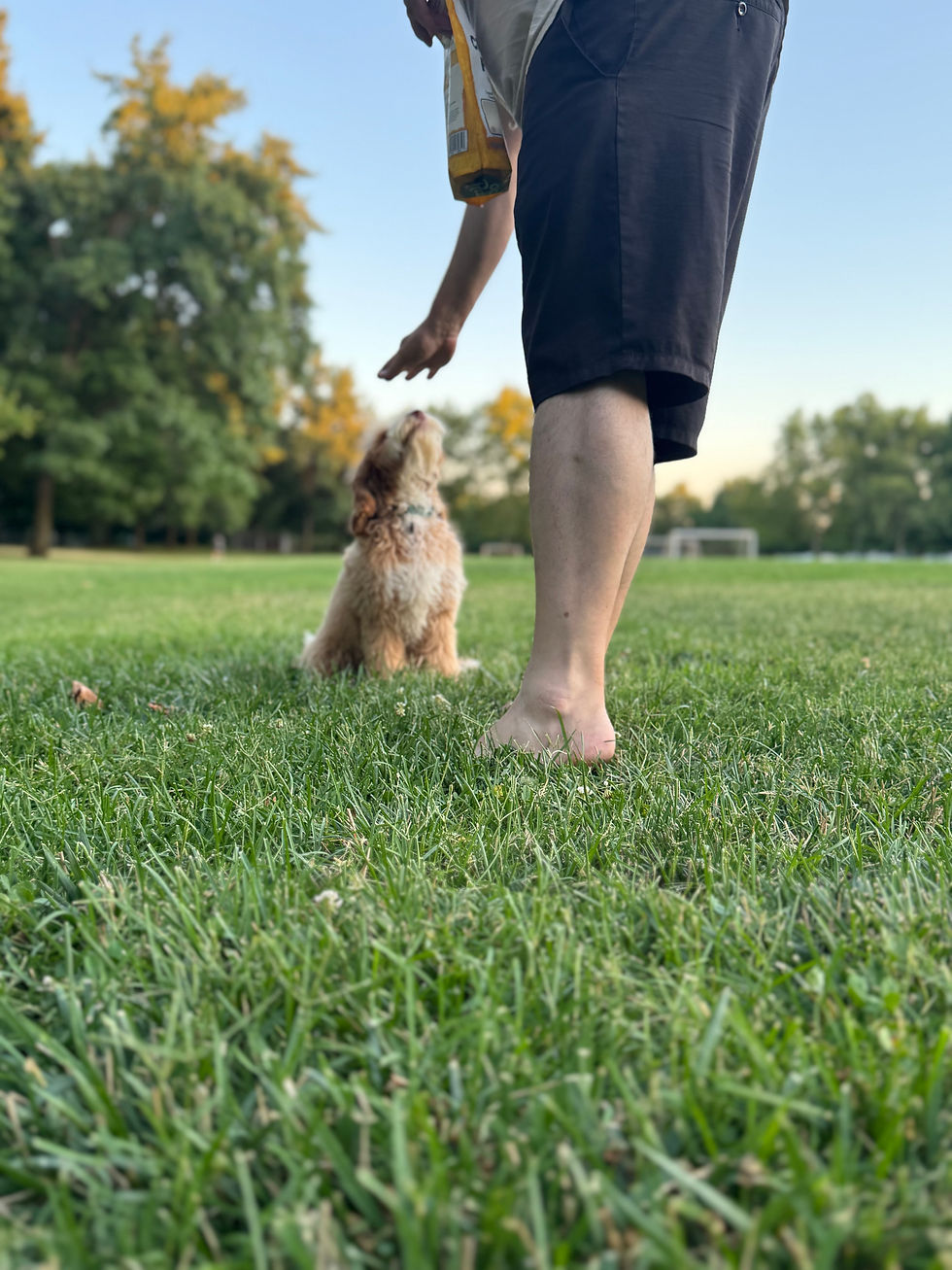
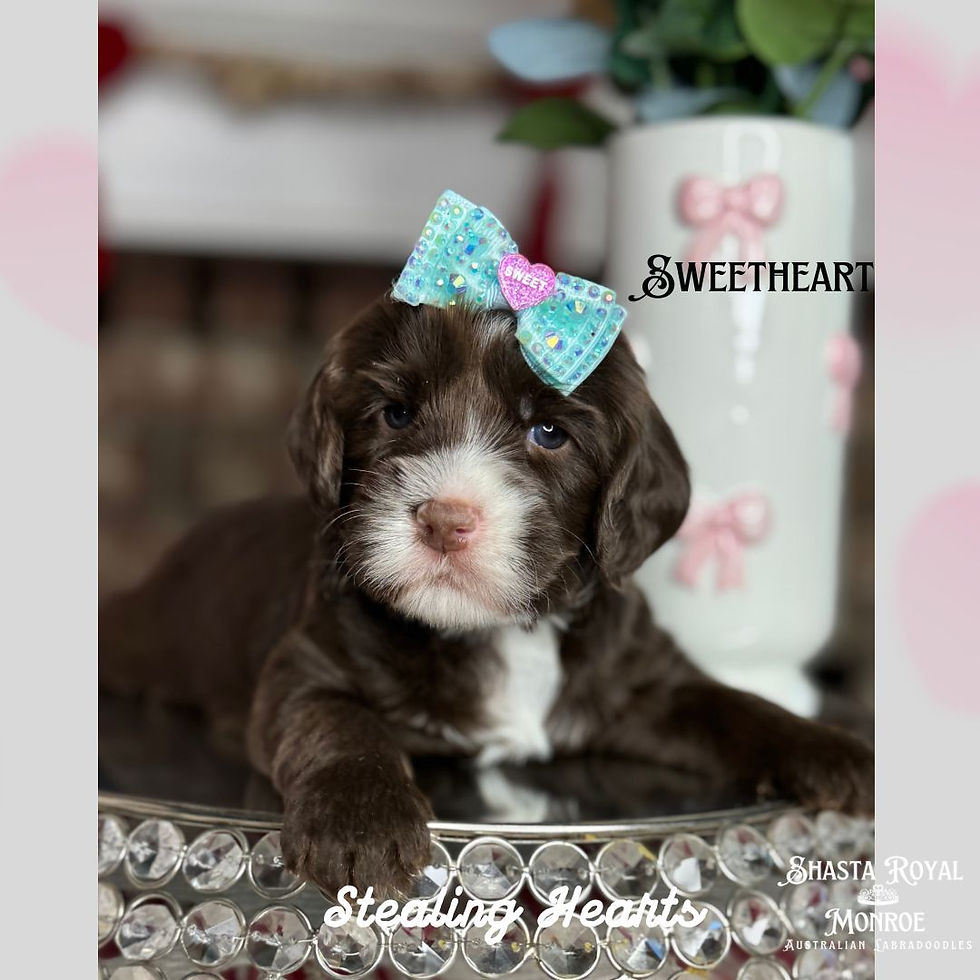

Comments